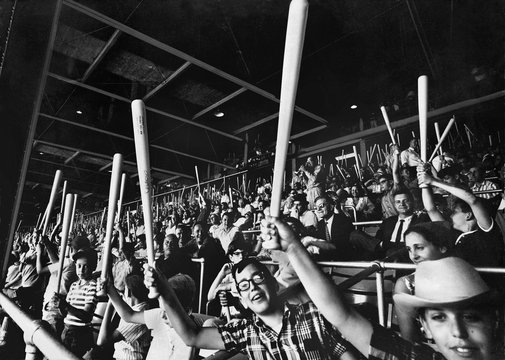(HARVEY
FROMMER IS AT WORK ON A BOOK ON THE FIRST SUPER BOWL (1967). ANYONE WITH
CONTACTS, STORIES, SUGGESTIONS, PLEASE CONTACT HIM)
A few years back when I was at Ft. Meyers interviewing for
my “Remembering Fenway Park” two targets were Sox manager Terry Francona and
sports writer Dan Shaughnessy. In my opinion they were at the top of their game
and could provide many insights about Fenway.
Both guys were busy. Both guys had better things to do then
pass the time of day with me. Nevertheless, both guys gave me as much time as I
needed and their stories and insights added immeasurably to my book.
So I knew “FRANCONA:
The Red Sox Years” (Houghton Mifflin Harcourt, $28.00, 360 pages) would not be
just another baseball book --and it isn’t. This is one for you to read and keep
on your book shelf. The book covers
eight years, 2 world championships and frontstage and backstage Sox stories.
We are there with the affable, outspoken and thoughtful
Francona though his successes and failures, There are candid insights into Theo
Epstein, players like David Ortiz, Josh Beckett, Manny Ramirez, Pedro Martinez,
three owners. Francona ends this anecdote-filled and honest book with:
“Managing the Red Sox was the hardest job I ever had. And it was the best job I
ever had. Now it’s time to try it somewhere else.”
Try this book - -a notable reading experience.
“Closer” by Kevin Neary (Running Press, $15.00, 288 pages,
paper) has a collection of major league pitchers – past and present – revealing
inside tricks of saving games. Lots of inside baseball.
From Norton comes “So You Think You Know Baseball” by Peter
E. Meltzer( $16.95, paper) is sub-titled “a fan’s guide to the original rules”
and that is what this small tome tackles.
“Summer of ‘68” by Tim Wendel (Da Capo, $14.99, 272 pages,
paper) focuses on a season that he makes the case for - -as changing baseball.
For the golfers among you comes a duo of terrific books
from Gotham Books - - “An American
Caddie in St. Andrews” by Oliver Horovsitz ($26.00, 322 pages) and “Drive Like
the Pros” by Michael Neff ($30.00, 128
pages). One is a burly volume and the other is slim but both pack much to be
loved by sports fans and golfers everywhere. The “American Caddie” is part growing
up, part memoir, all good reading by Horowitz, 26, who has been on the course
for the past seven years and has lots to talk about.
“Any Given Monday” by Dr. James R. Andrews (Scribner,
$25.00, 270 pages) is a primer on sports injuries and how to prevent them told
by a man who has spent a lifetime in sports medicine.
“The Official NASCAR 2013 Preview and Press Guide (Random
House, $19.99, 336 pages, paper) is an annual publication that provides all the
needed inside info for fans of the sport.
(HARVEY FROMMER IS AT WORK ON A BOOK ON THE FIRST SUPER BOWL (1967). ANYONE WITH CONTACTS, STORIES, SUGGESTIONS, PLEASE CONTACT HIM)






